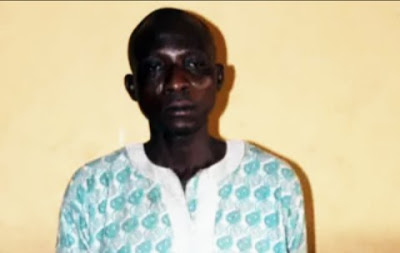 Today, March 3, is Martyrs day in Malawi. The holiday is meant to commemorate forty people who lost their lives in 1959 during an uprising against British colonialism.
Today, March 3, is Martyrs day in Malawi. The holiday is meant to commemorate forty people who lost their lives in 1959 during an uprising against British colonialism.
In 1953 the Federation of Rhodesia and Nyasaland (which is now Malawi) was formed, over the strong opposition of Nyasaland’s African population, who were afraid that the more aggressively white-oriented policies of Southern Rhodesia would eventually be applied to them. Through many protests, and through the leadership of Dr. Hastings Kamuz Banda, Malawi became an independent country in 1966.
Martyrs day is still celebrated yearly in Malawi. The holiday is is a solemn day of mourning for those who gave their lives for the independence of Malawi. Many schools and government offices and business will be closed today.
Every year, Malawi, formerly known as Nyasaland, a landlocked country in Southeast Africa, celebrates Martyr’s Day every third day of March yearly to commemorate the popular uprising in Malawi protesting British colonial rule. This resistance has caused the lives of more than forty men during the revolution. It is this day when the country mourns those whose lives were perished just to liberate the country from the foreign rule.
History of Martyrs’ Day of Malawi
In 1953, Malawi and its neighbour country Nyasaland (present day Malawi), formed a confederation called Federation of Rhodesia and Nyasaland, in an effort to halt the discriminatory policy applied against the African population in Rhodesia and for fear that it may also spread and eventually be adopted in Nyasaland. Dr. Hastings Kamuz Banda became one of the prominent figures of the revolt who immediately became the first president of Malawi in 1966, two years after the declaration of Independence of Malawi.
The popular revolt started when John Chilembwe, a US trained Malawian soldier, revolted against the British in 1915 when African soldiers were forced to serve the British colonial army. Chilembwe, along with other brave men during that time, began taking offensives against the British colonial government forces during that time. The war ended only when Chilembwe was assassinated along the borders of the Portuguese-controlled African republic Mozambique and the country in the same year.
Numerous wars and power struggles happened in the Nyasaland and Rhodesia region after the initial war ensued which led to the then Queen of England in 1959 declaring state of emergency on these African protectorate territories in an effort to finally put an end to the rebellion. The first president installed during that time was sent for exile in Zimbabwe and put behind bars during the rebellion.
One of the most momentous incidents during the rebellion is the massacre that happened in northern lakeshore in Nkhatabay where, more or less, 30 people have died. The British colonial army gunned down and killed unarmed African natives who were peacefully demanding negotiations for the eventual independence of the Nyasaland. The rather peaceful negotiation turned out to be a bloody massacre of people who were killed by riffle bullets and some drowned in Lake Malawi.
After the dissolution of The Federation (1963), Nyasaland finally gained independence from the government of Britain and was renamed Malawi. The country prospered during Banda’s rule until he was deposed in 1994 after a new president was elected (Bakili Muluzi) under the new multiparty system.
Martyrs’ Day of Malawi: Traditions, Customs and Activities
Martyrs’ Day is considered as a national holiday in Malawi. During the celebration, public offices including schools and some private companies are closed. The government conduct ceremonial speeches to commemorate those whose lives were lost during the rebellion leading to the independence of the state. The president and other public officials attend local gatherings remembering the fallen heroes including the laying of wreaths on monuments dedicated to the popular personalities of the liberation.




